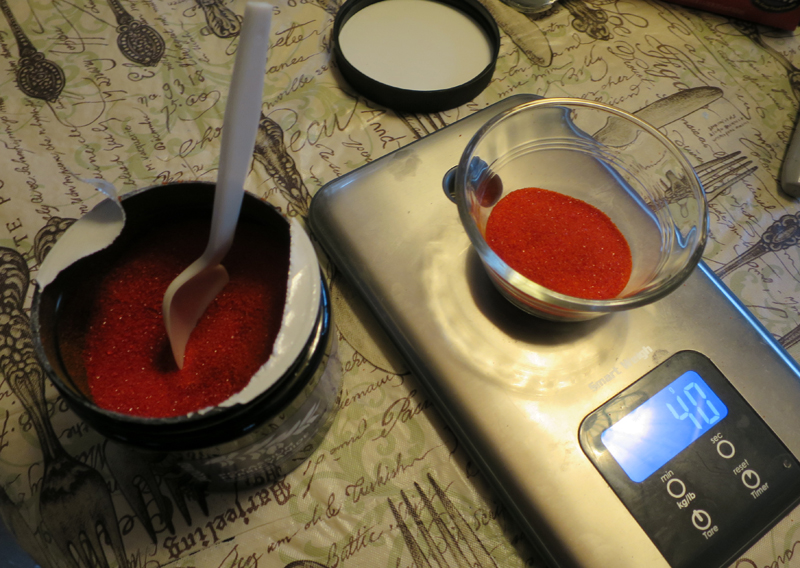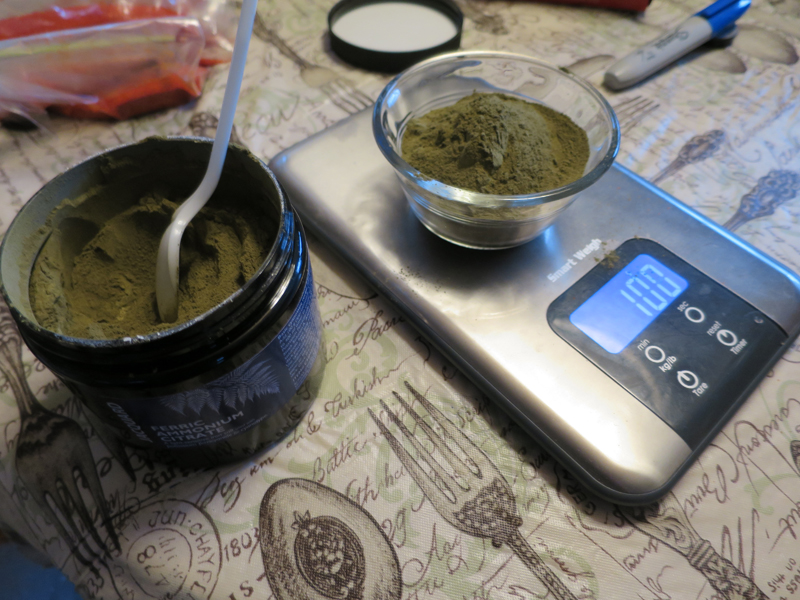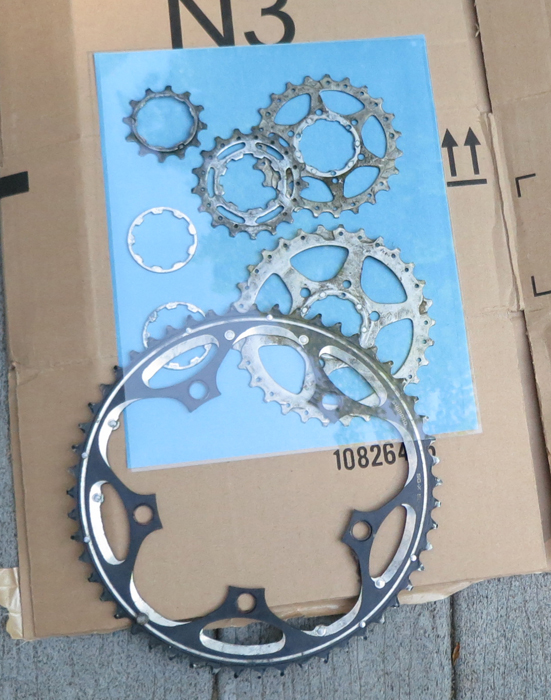The cyanotypes were not judged, but are here to demonstrate another format of historic photography. The cyanotype was one of the earliest forms of photography. You mix together equal parts 8.1% potassium ferricyanide (red) and 20% ferric ammonium citrate (green). These images below show the raw chemicals before the water is added.


You paint the paper, fabric, or whatever else you’re using with the liquid. The paper (or fabric or whatever) is now sensitive to light, so you keep it in a dark envelope until you’re ready.

When exposing the item, you usually put an object between the sun and the paper/fabric to create an image. A fern. Bicycle gears. The sun can also shine through a film negative. The negative blocks the sunlight to create a blue-and-white image.
The areas the sun touch become a lush, deep blue. The parts which stay in shadow get rinsed away and are see-through to the base fabric/paper color.
To see the cyanotypes of the show, enjoy this video! The cyanotypes for this display were created by Lisa Shea.
To see more of Lisa’s cyanotypes, visit: